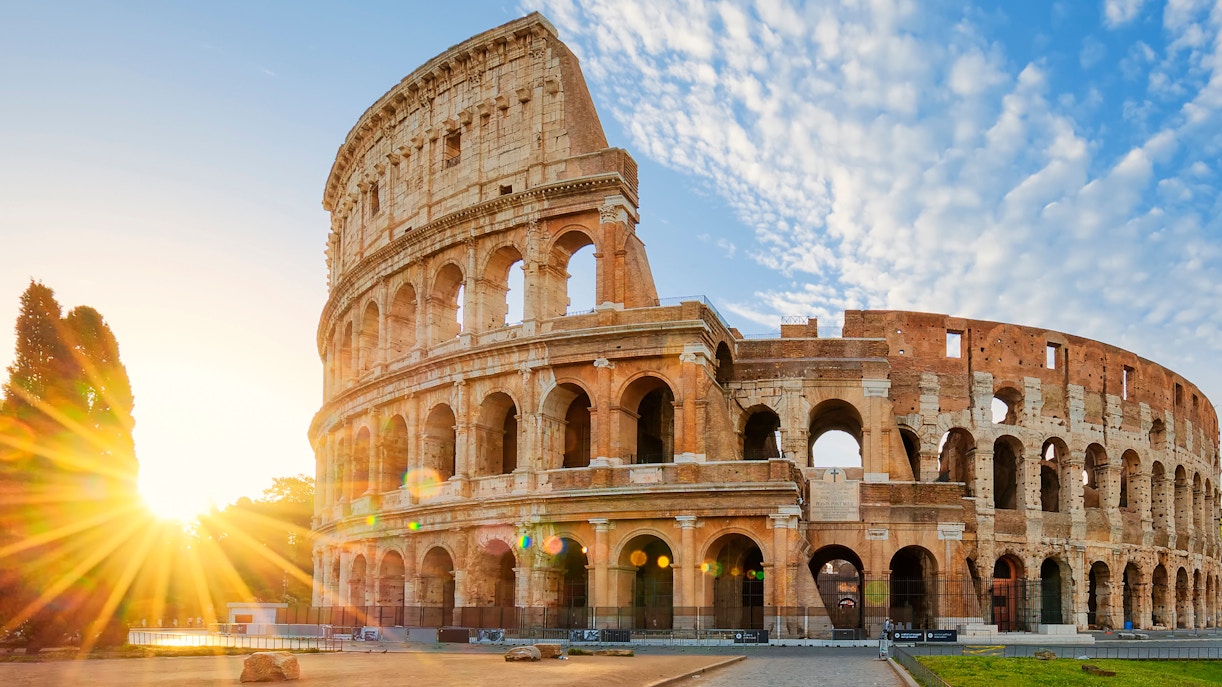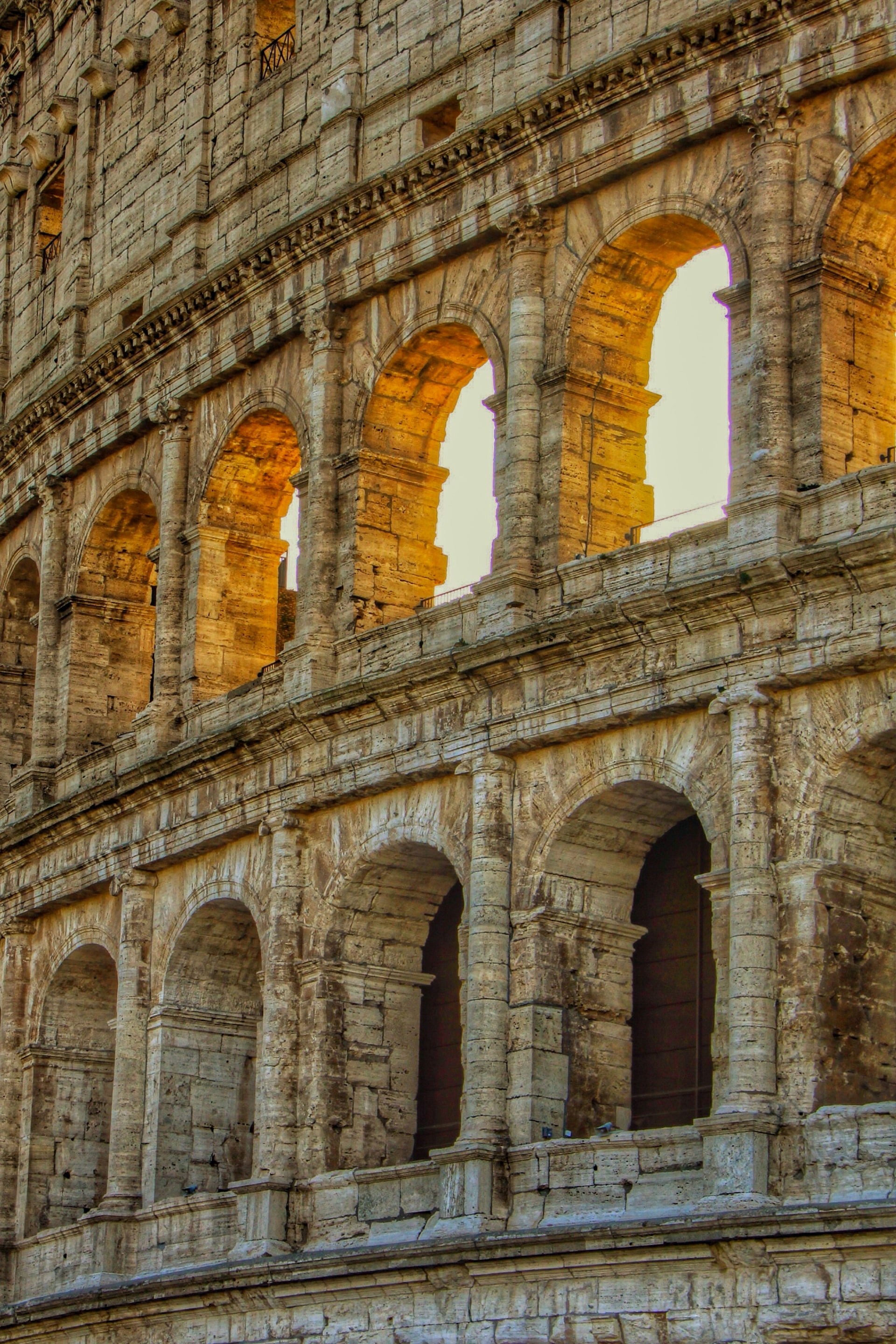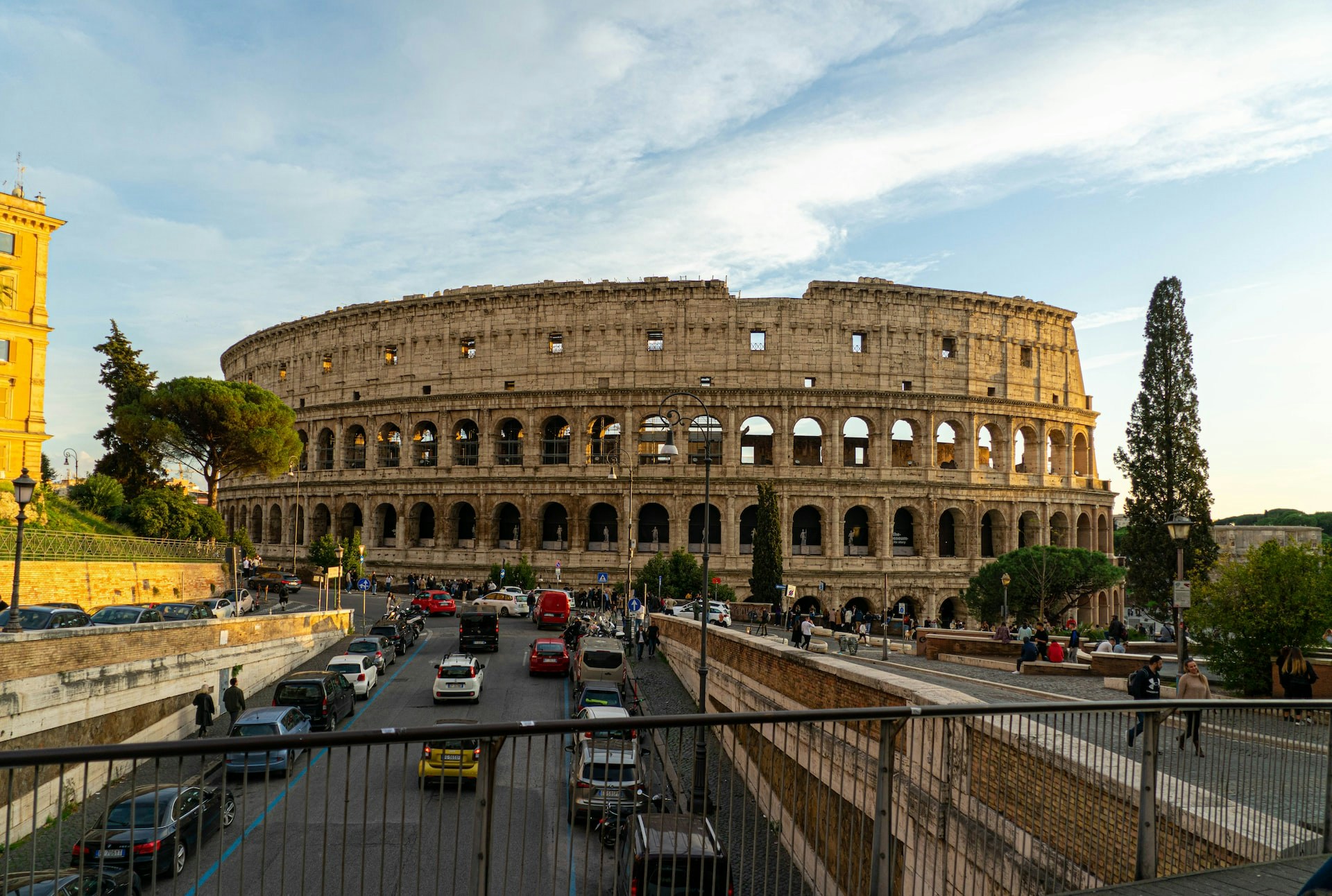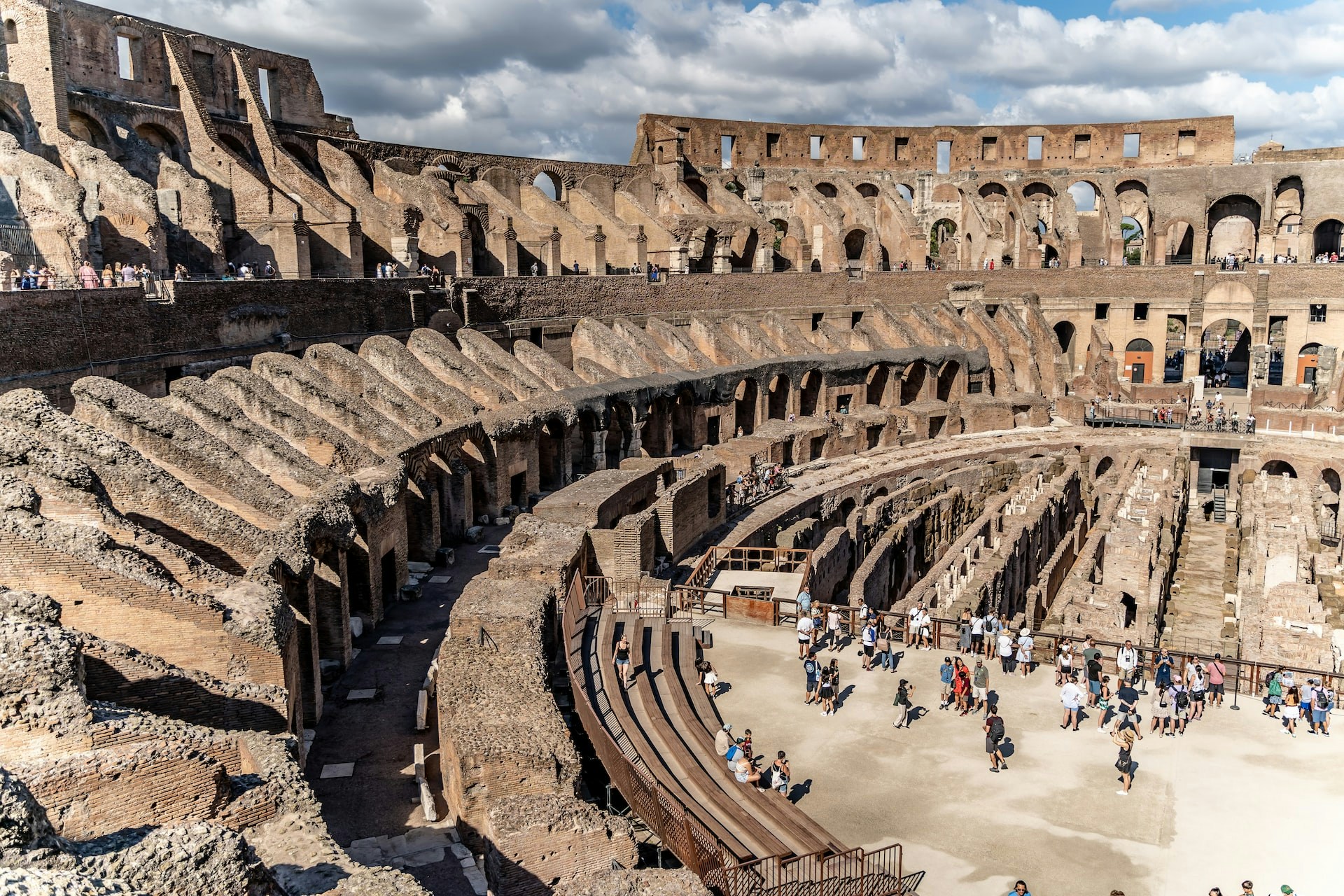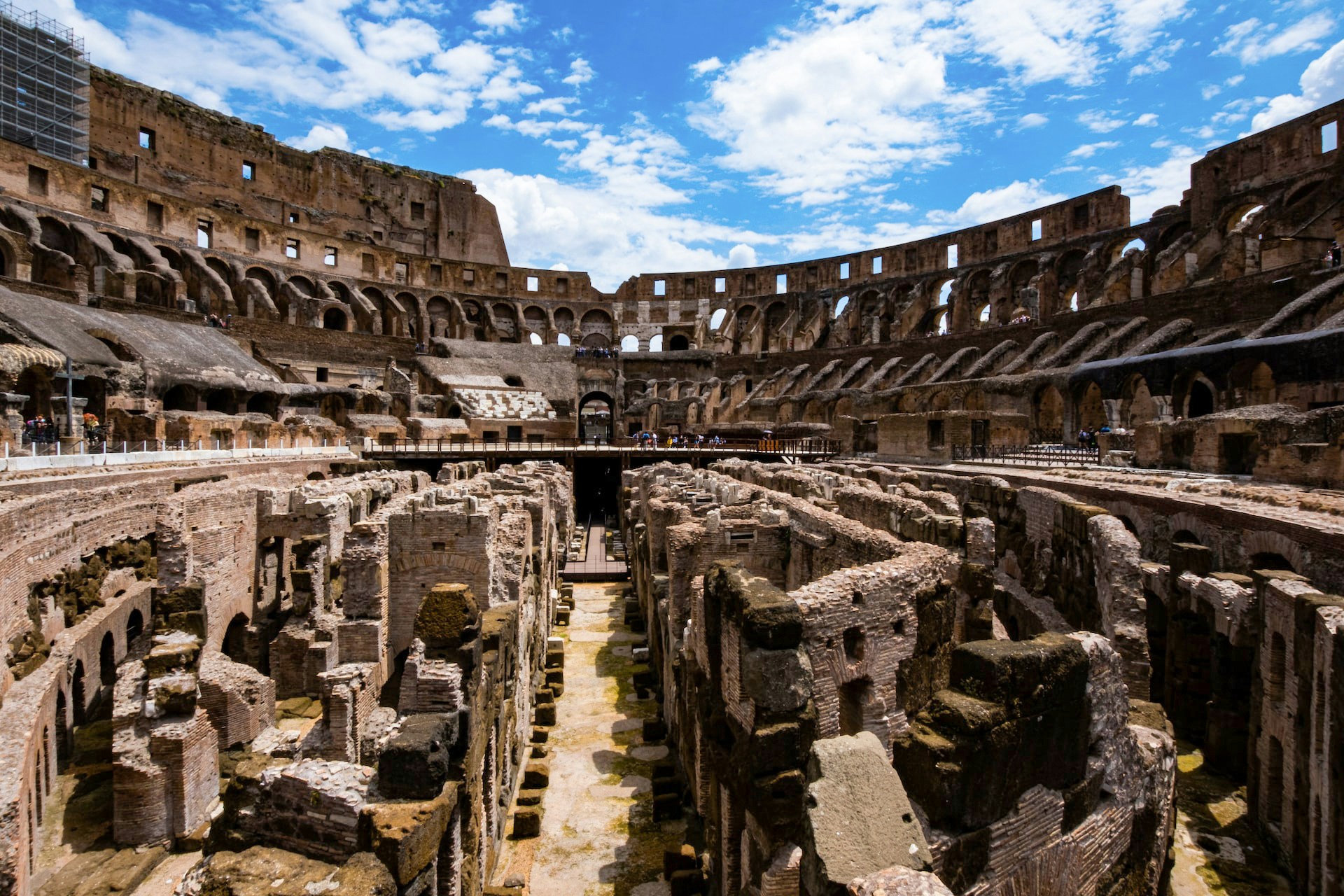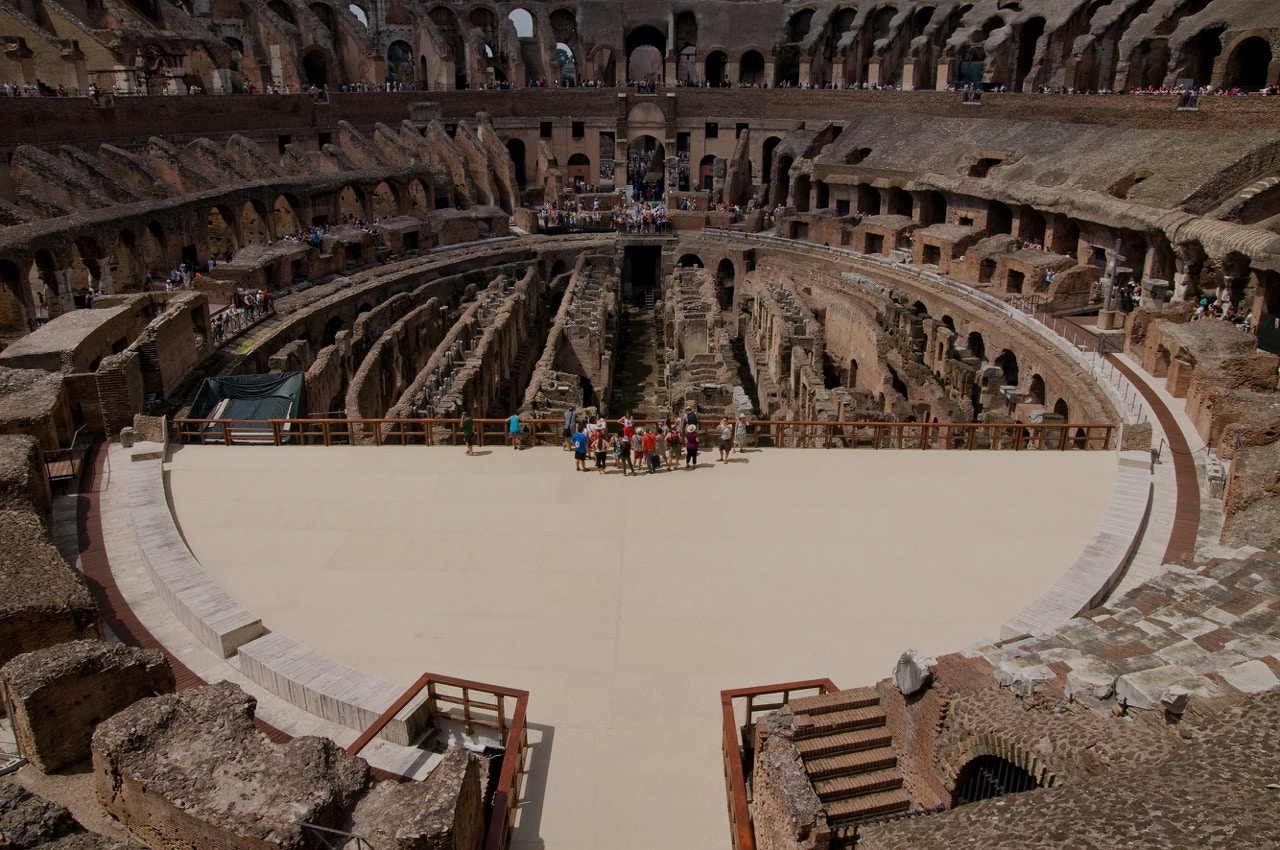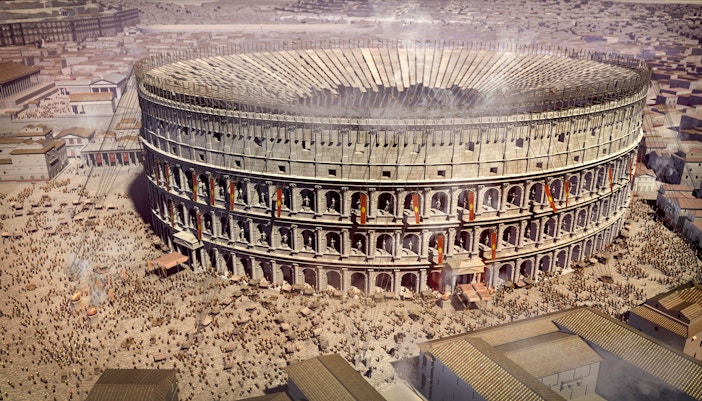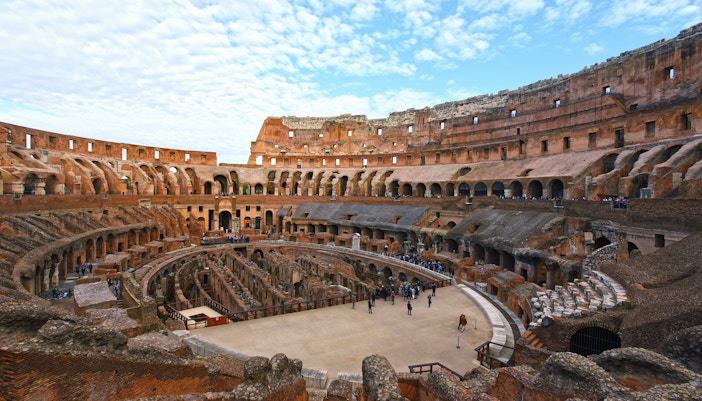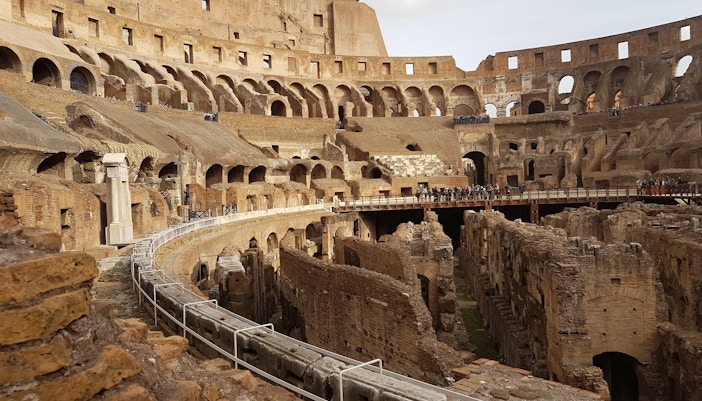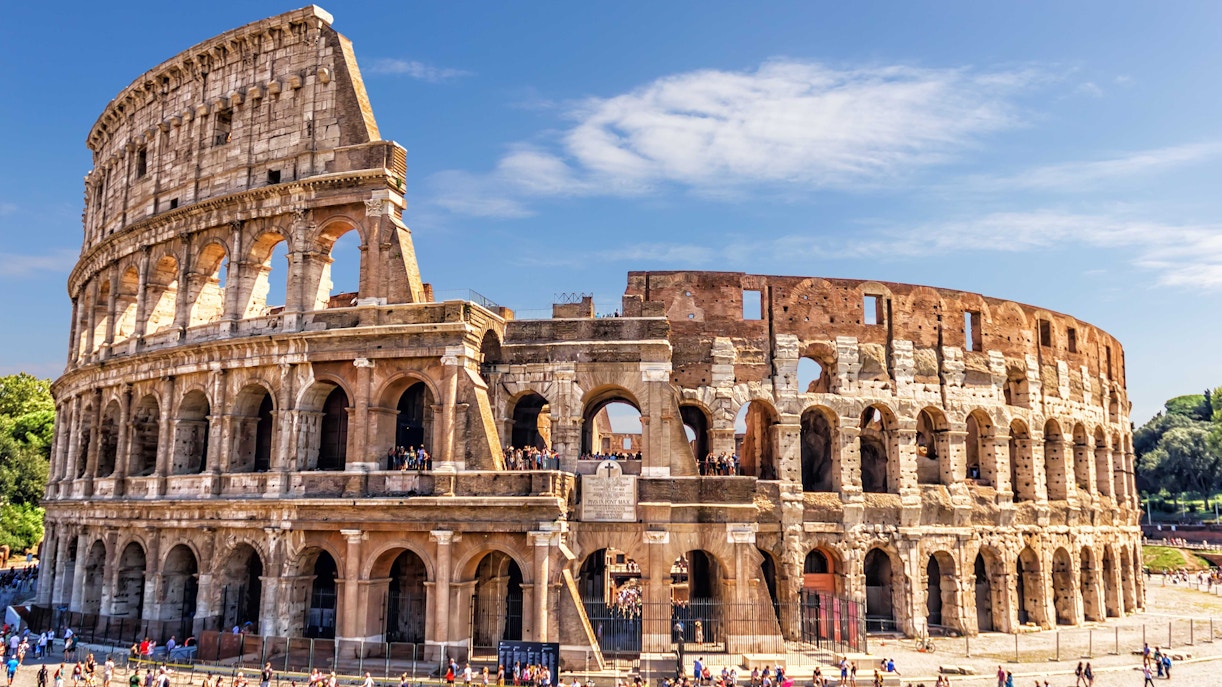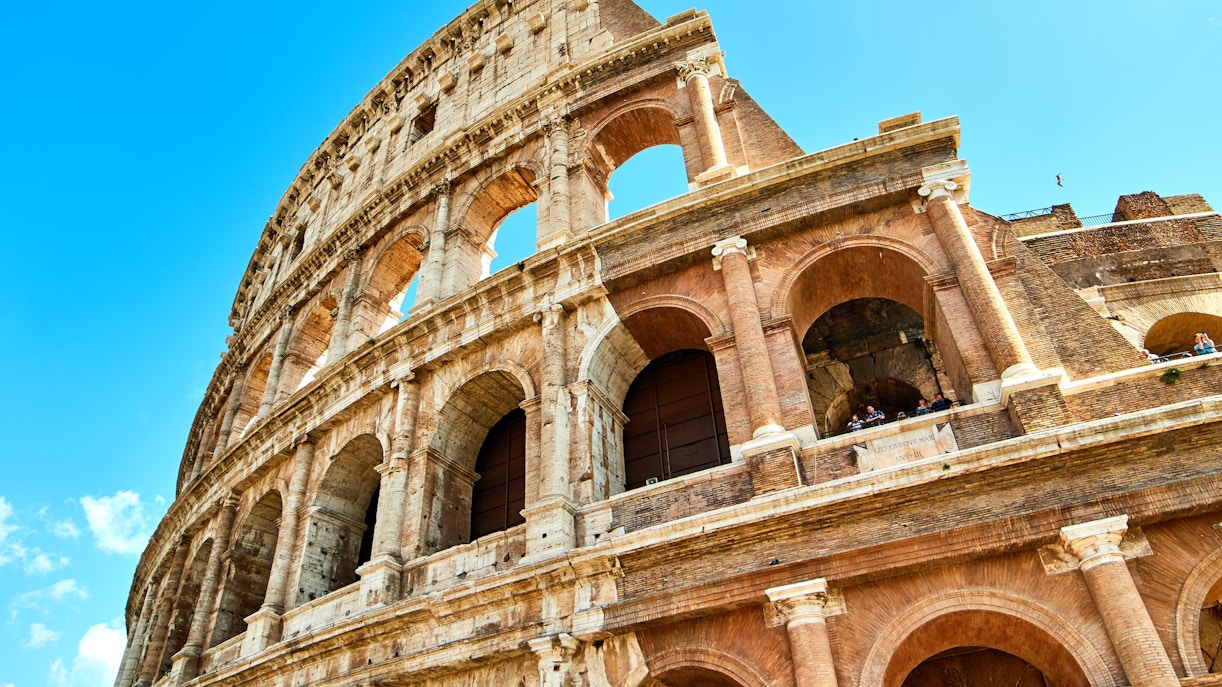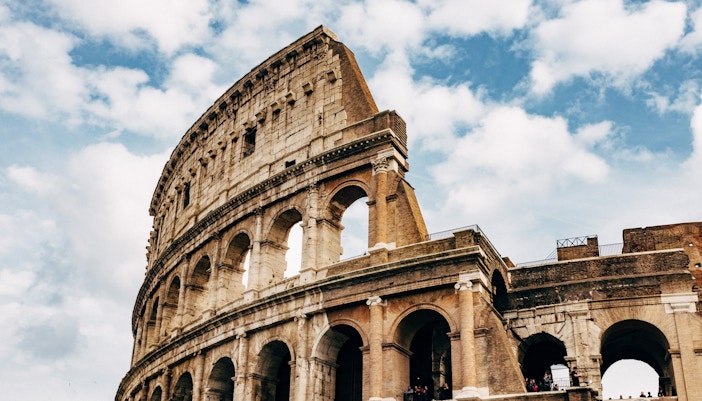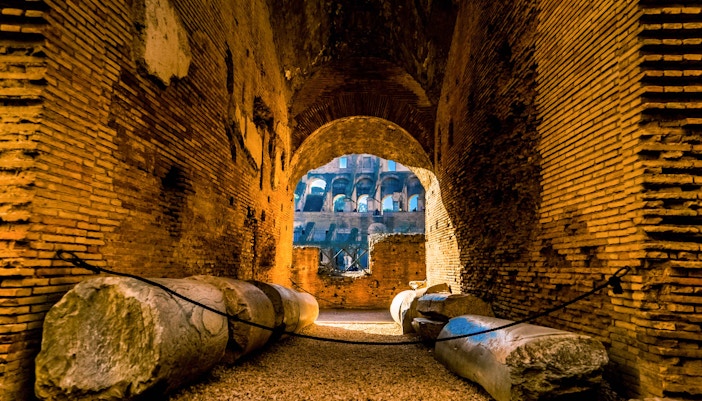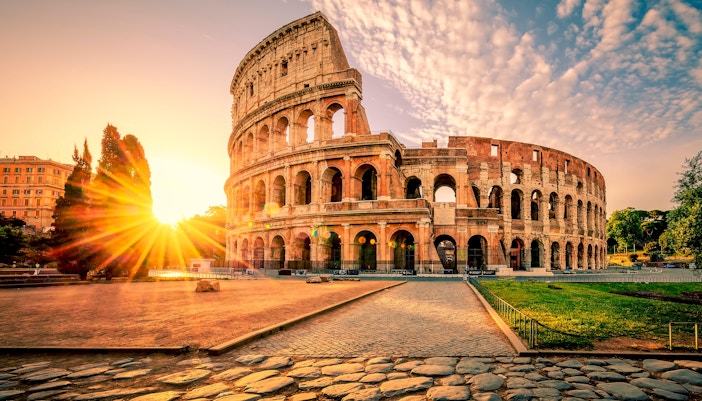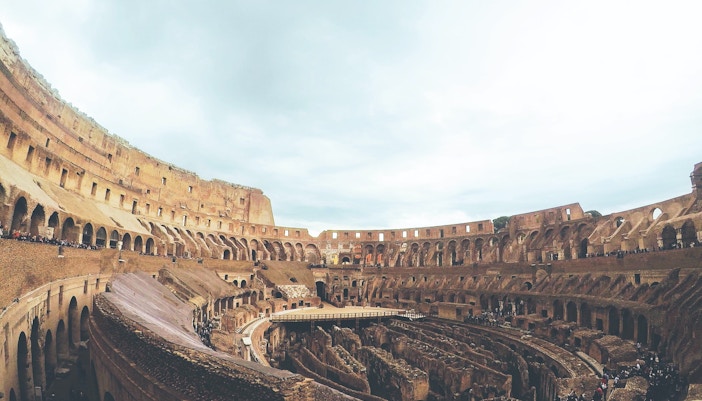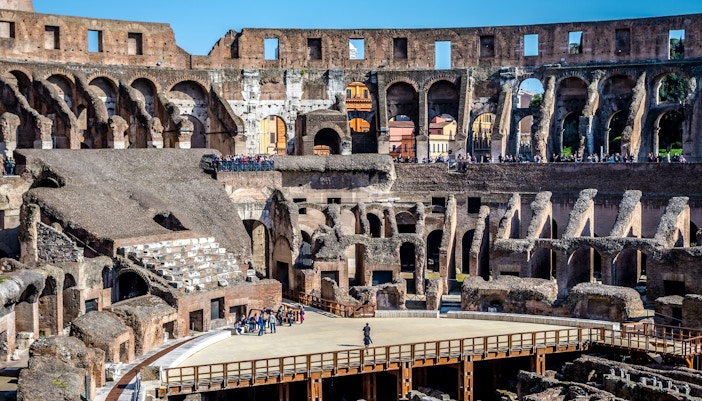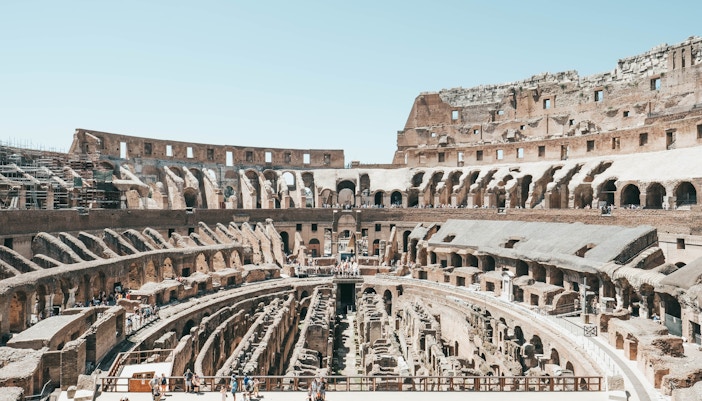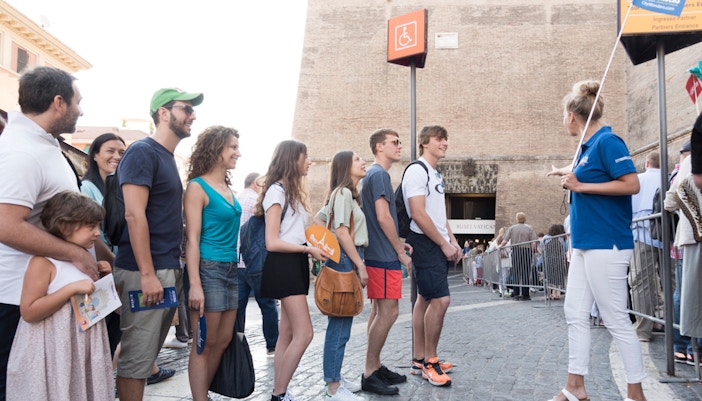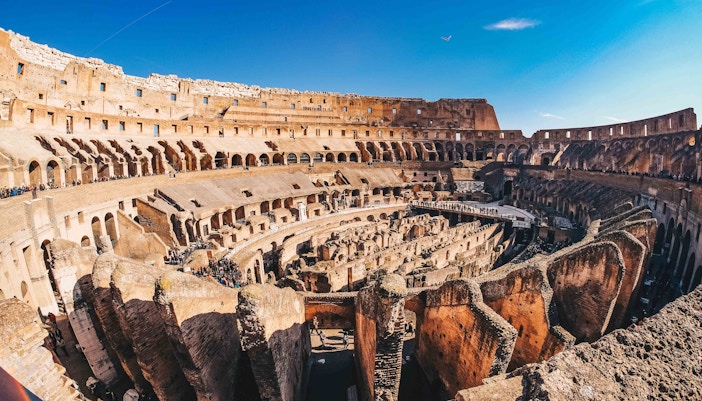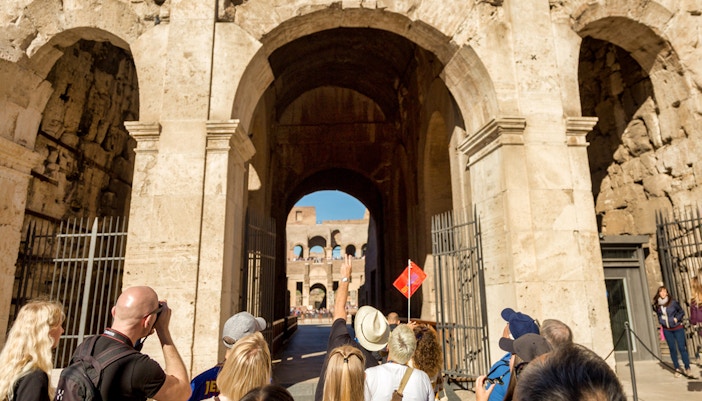Design and Architecture of the Colosseum Underground
King Domitian, the younger brother, and successor of King Titus made the Hypogeum or underground tunnels that would be used to cage animals, war criminals, and slaves. Trapdoors were present in the Hypogeum for easy transfer and release of wild beasts to the arena floor and back using large moving platforms.
The Hypogeum was connected to the arena floor using 80 huge shafts. The Emperor was given special access to the Hypogeum, and it was also well-connected to the stables outside the Colosseum. In the initial plan of the Colosseum, the Hypogeums were not included. However, King Domitian built it later, along with the galleries above the 4th tier.
Various historians have also recorded that the Hypogeum used to be filled with water for naval battles. However, this claim is questioned as there were many ways for water to escape, and it would not have been possible to hold it.
Colosseum Underground Tours
